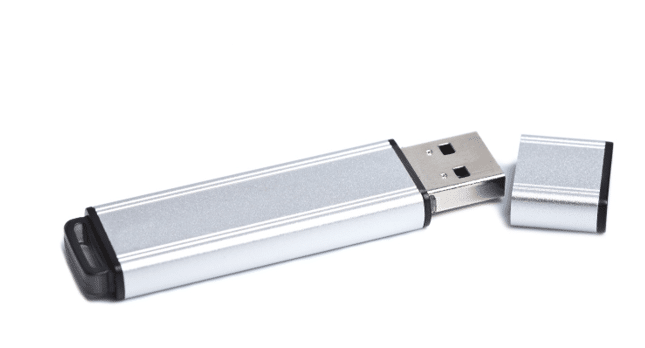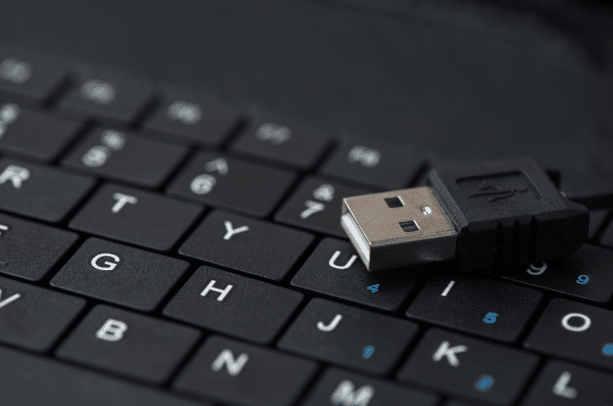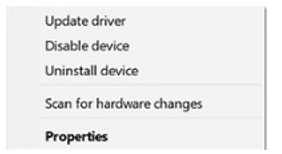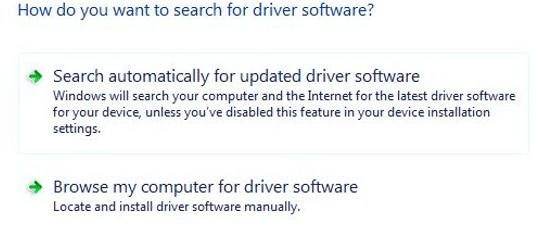What are Plug and Play Drivers?
An ergonomic keyboard may just be what the doctor ordered to help with your typing posture – and perhaps aid you in avoiding carpal tunnel issues someday.
As you plug it into your Windows 10 laptop, you notice that – without interaction from you – it’s ready to go before you are.
Still, you’re not necessarily surprised. After all, Plug and play devices (for PC machines) have been around since the dawn of Windows 95.
What Makes a Driver Plug and Play?
What are Plug and Play Drivers?
Once upon a time, computers required users to manually configure hardware attached – using jumpers or dip switches. In those days, there was still work to be done after plugging (and before playing).
Things have come a long way, though not all devices have drivers that support Plug and Play standards. It is very common for keyboards or mouses to have plug-and-play basic functionality, but things like macros, DPI modification, or light changes may require an advanced driver.
Automatic Recognition of Devices
When you add that new device, Windows should immediately start to determine if it is PnP compatible. The ability to successfully detect the hardware automatically is the first step.
Loading of the Proper Drivers
This is an essential piece since simply detecting a device does not mean it will start magically working. Windows must also be able to configure this device.
All devices require code that is explicitly written to allow communication with the hardware to occur. These are called device drivers. A PnP device should allow for Windows to automatically find and apply these drivers.
PnP Manager
With all this auto-detecting and loading of drivers going on, there must be some name for the service that controls it.
That would be the PnP Manager – which provides support for Plug and Play in Windows. Its core functionality is to detect hardware during booting or when adding (or removing) a device while the O/S is running.
Examples of PnP Devices
Many devices fall under the PnP umbrella. Let’s take a look at some common ones.
Mouse

The computer mouse has always made navigating your applications much easier. It may plug in directly with a USB cable or use a wireless USB receiver.
USB Thumb Drive

Whether transferring documents between locations or taking pictures along with you to share, it’s nice when the thumb drive plugs right in and works.
Keyboard

USB keyboards are great for adding an external keyboard to your laptop or changing one out for your desktop.
PnP and Device Drivers
It was mentioned that part of what makes a device compatible with plug and play is the ability of Windows to detect and load the drivers.
What happens when the device is up and running, but doesn’t perform quite as it should? Perhaps it once did work, but then started acting up sporadically – or suddenly failed altogether.
Just because Windows can find and install a driver on its own doesn’t mean it’s the best (or most up to date) driver out there. Sometimes, there is a need to update this code.
Updating Device Drivers
From time to time, there is a need for devices to have their software drivers updated. How to update drivers for Plug-and-Play devices depends on the approach you wish to take.
Let Windows Update the Driver
There’s no harm in letting Windows have another shot at finding the right driver. Microsoft’s database is infrequently updated, due to their stringent standards for driver software.

Use the search box on the Window’s taskbar to find and click on Device Manager. Once loaded, you may (under the View menu) choose to Show Hidden Devices – if the device doesn’t initially show in the list.

You will then want to right-click the desired device and select to Update driver. Afterward, choose the option to Search automatically for updated driver software.
Manually Search for the Correct Driver
Windows may not find a better driver. If that’s the case, another option would be to search the manufacturer’s website for one. You need some information before doing so – expect at least a model or serial number will be required to find the correct one.

If you’re able to locate an updated driver, you can download and unzip the files. Then go back into Window’s Device Manager and choose to browse for the new driver.
Use an Automated Solution for Drivers
You can install software, such as Driver Support, to monitor and find drivers for you. Such software can make life easier in this and other scenarios where a driver selected by the O/S is no longer optimal.
Moving forward, the automated path just makes sense. Aside from the ease of use, the approach allows you to be more proactive in avoiding problems down the road.
Let Driver Support Monitor and Update Your Drivers
Windows PnP is convenient but doesn’t always match the right driver with its device.
Since 1996, Driver Support has been trusted to alleviate the burden of keeping drivers current. It makes almost all of your devices
Upon installation, Driver Support software will inventory your computer for all active device types supported. When you fully register the service, it will update any drivers that are missing or out of date.
So plug in that keyboard (or another device) and take comfort in knowing it will be up and running (or playing) in no time.


